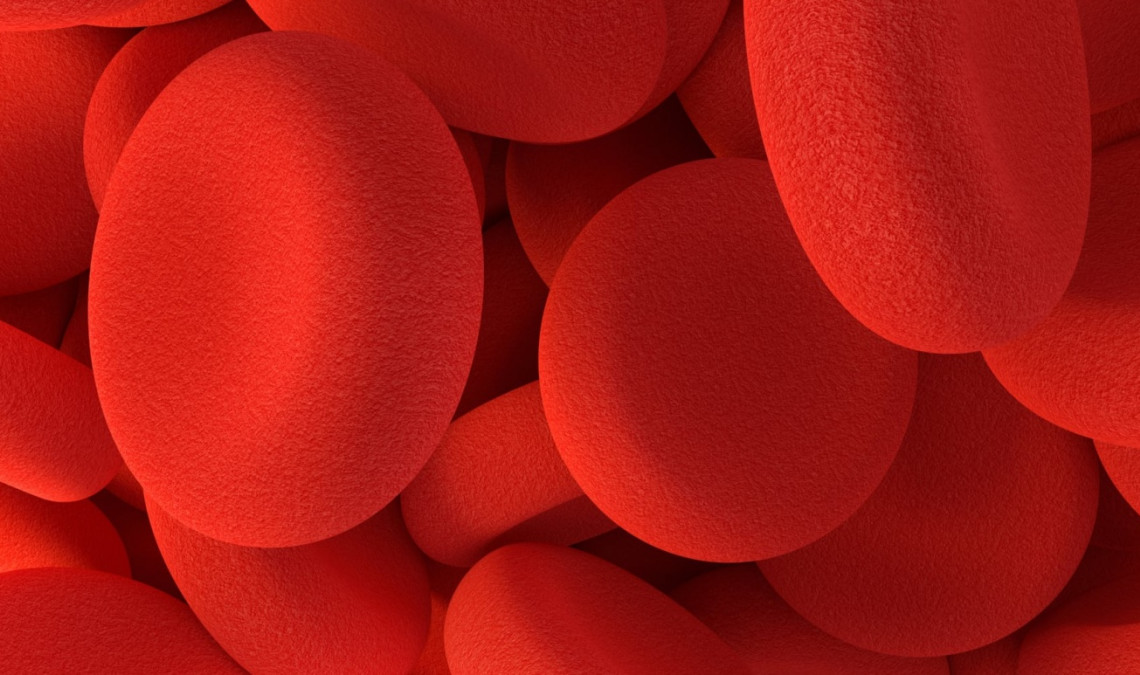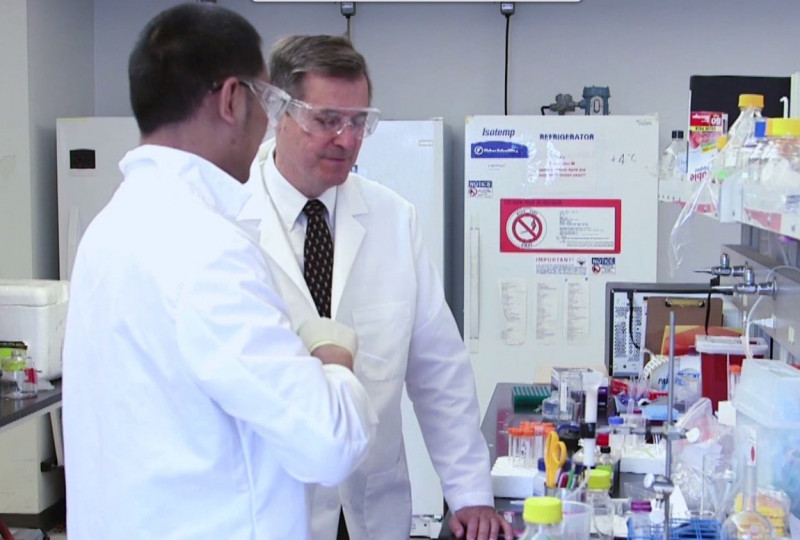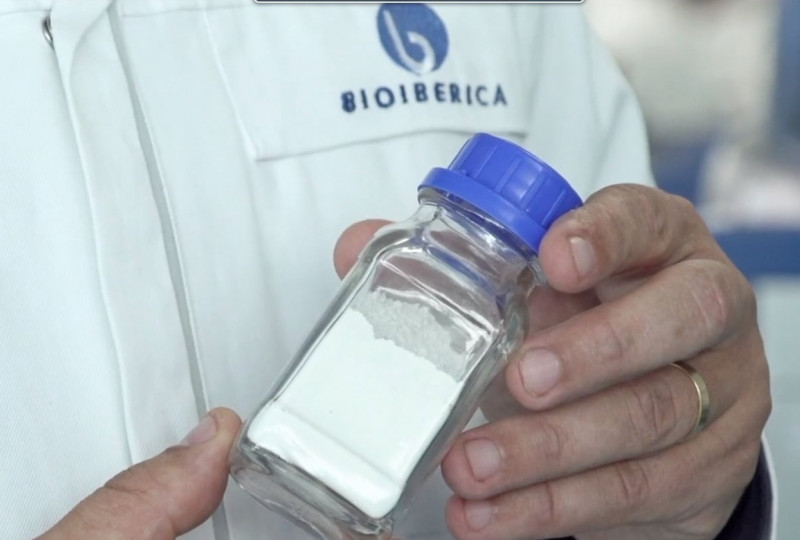What is the difference between a blood clot and a thrombus?

A clot is good when there is damage to the vascular tissue, but it is dangerous if it forms in a healthy blood vessel. In this case it is called a thrombus. Heparin is the anti-coagulant of choice most used to prevent and treat thrombosis, among other indications.
Blood circulates through our veins carrying out important functions: blood transports nutrients, oxygen, hormones and cellular metabolic wastes; it regulates body temperature, defends the body against diseases and prevents blood loss through clotting.
Blood has a mechanism which allows it to remain in a liquid state in normal conditions and to rapidly become solid when damages occur in blood vessels, such as for example, when we are injured.
At that time, the blood vessel walls contract to reduce blood loss and the platelets group together by forming a plug which prevents bleeding. Simultaneously, there is a complex cascade reaction where 17 blood proteins participate, which form a three-dimensional fibrin network strengthening the plug. This process, which lasts between 6 and 10 minutes, completely closes the wound with a blood clot.
But what is the difference between a blood clot and a thrombus?
As we have shown in the example of the wound, a clot is good when there is damage to the vascular tissue, but it is dangerous if it forms in a healthy blood vessel. In this case it is called a thrombus.
The prolonged immobile states make it difficult for blood to circulate and involve a risk of suffering thrombosis, that is, of developing a thrombus inside a healthy blood vessel.
There are also specific factors which predispose or increase the risk of a thrombus forming, such as, for example, smoking, high cholesterol, obesity and cancer. A thrombus can detach, travel through the blood stream toward other organs, such as the lungs or brain, producing a serious and potentially fatal complication called an embolism.
Heparin, a drug active discovered one hundred years ago, is the anti-coagulant of choice most used to prevent and treat thrombosis, among other indications. Each year it saves more than 100 million lives.
Related stories

Despite being a centenary drug, heparin remains as one of the essential drugs of medicine and especially of modern surgery but, in addition, possible applications in malaria, cancer or fertility are being investigated.

The use of heparin in pregnancy is increasingly common to avoid thromboembolic complications, abortions or delays in fetal growth. In this story, Monica tells us how thanks to heparin, she was able to bring her third pregnancy to term.

Since its foundation in 1975, Bioiberica has been focused on the production of heparin. The company understood that it was an active ingredient indispensable for human health and that it was important to be able to offer the maximum guarantees of safety and traceability.